On the power versus tas graph for level flight the point at which a tangent ? [ Exam pilot ]
Question 90-1 : Is the point where the lift to drag ratio is a maximum is the point where drag coefficient is a minimum is the point where the lift to drag ratio is a minimum is the maximum drag speed
Assuming the gross mass altitude and airspeed remain unchanged moving the ?
Question 90-2 : Decreases the induced drag and reduces the power required increases the power required affects neither drag nor power required increases the induced drag
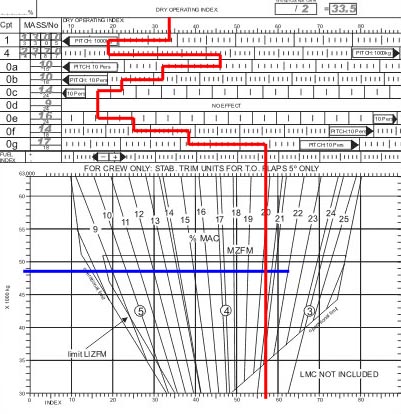 Decreases the induced drag and reduces the power required.
Decreases the induced drag and reduces the power required. Compared to a more forward position a centre of gravity close to but not beyond ?
Question 90-3 : Improves the maximum range increases the stalling speed improves the longitudinal stability decreases the maximum range
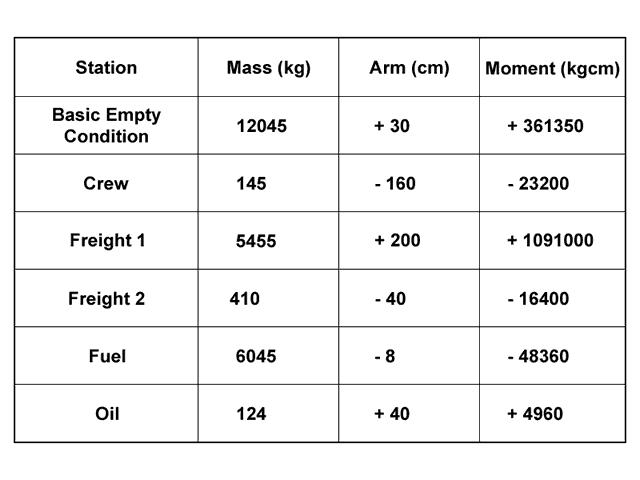 Improves the maximum range.
Improves the maximum range. The intersections of the thrust available and the drag curve are the operating ?
Question 90-4 : In unaccelerated level flight in descent with constant ias in accelerated level flight in unaccelerated climb
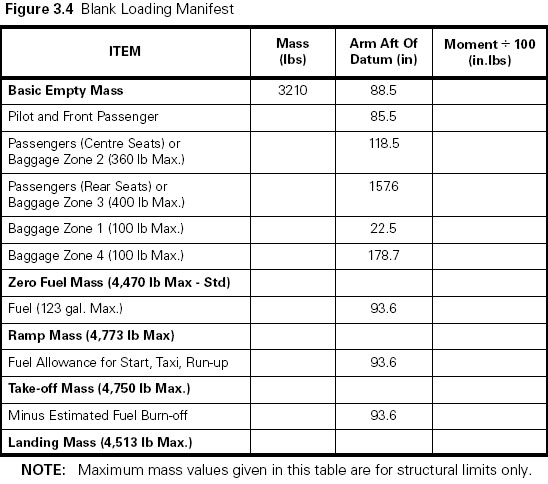 In unaccelerated level flight.
In unaccelerated level flight. In straight horizontal steady flight at speeds below that for minimum drag ?
Question 90-5 : A lower speed requires a higher thrust the aeroplane can be controlled only in level flight a higher speed requires a higher thrust the aeroplane can not be controlled manually
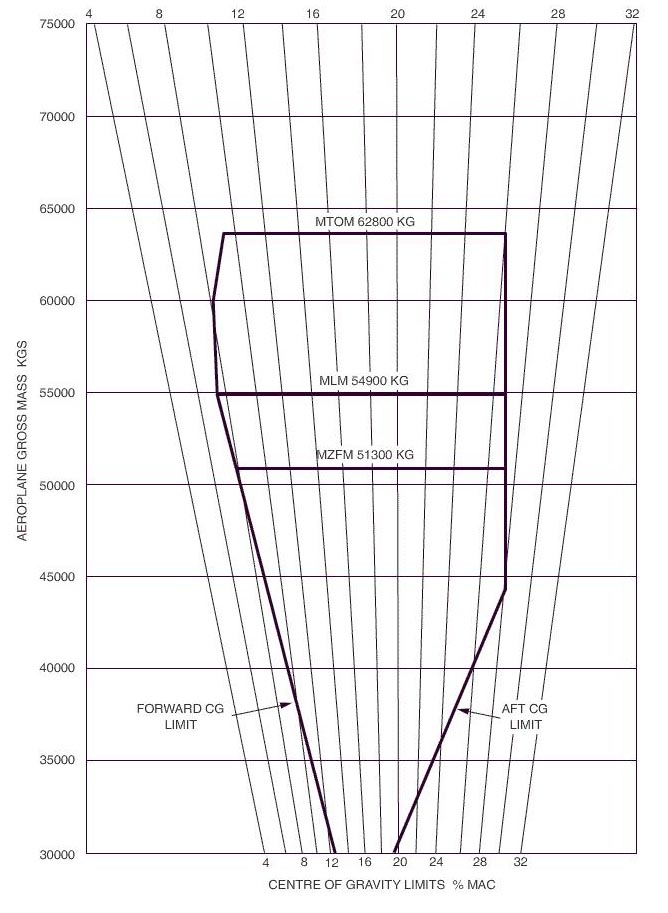 A lower speed requires a higher thrust.
A lower speed requires a higher thrust. A lower airspeed at constant mass and altitude requires ?
Question 90-6 : A higher coefficient of lift less thrust and a lower coefficient of lift more thrust and a lower coefficient of lift more thrust and a lower coefficient of drag
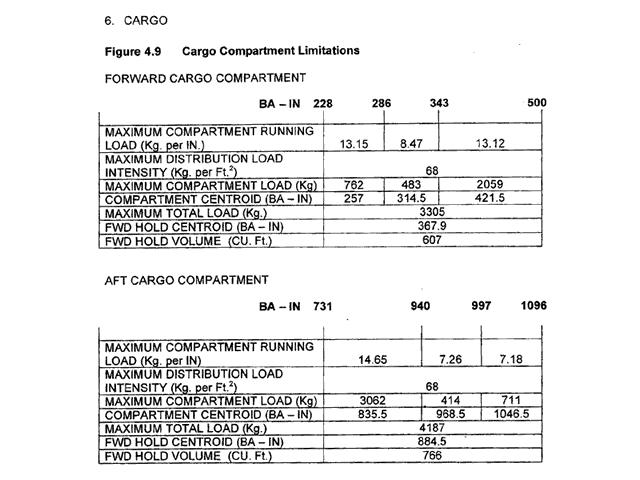 A higher coefficient of lift.
A higher coefficient of lift. The coefficient of lift can be increased either by flap extension or by ?
Question 90-7 : Increasing the angle of attack increasing the tas decreasing the 'nose up' elevator trim setting increasing the cas
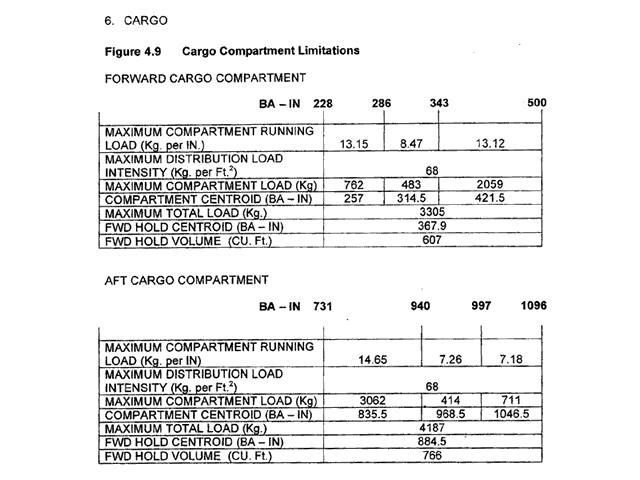 Increasing the angle of attack.
Increasing the angle of attack. When flying the 'backside of thrust curve' means ?
Question 90-8 : A lower airspeed requires more thrust the thrust required is independent of the airspeed a thrust reduction results in an acceleration of the aeroplane a lower airspeed requires less thrust because drag is decreased
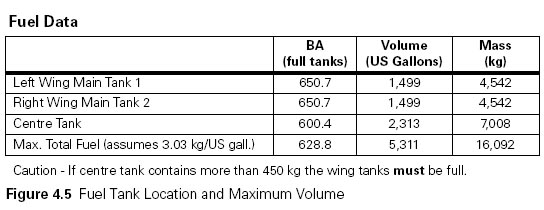 A lower airspeed requires more thrust.
A lower airspeed requires more thrust. 'maximum endurance' ?
Question 90-9 : Is achieved in unaccelerated level flight with minimum fuel flow is the same as maximum specific range with wind correction can be flown in a steady climb only can be reached with the 'best rate of climb' speed in level flight
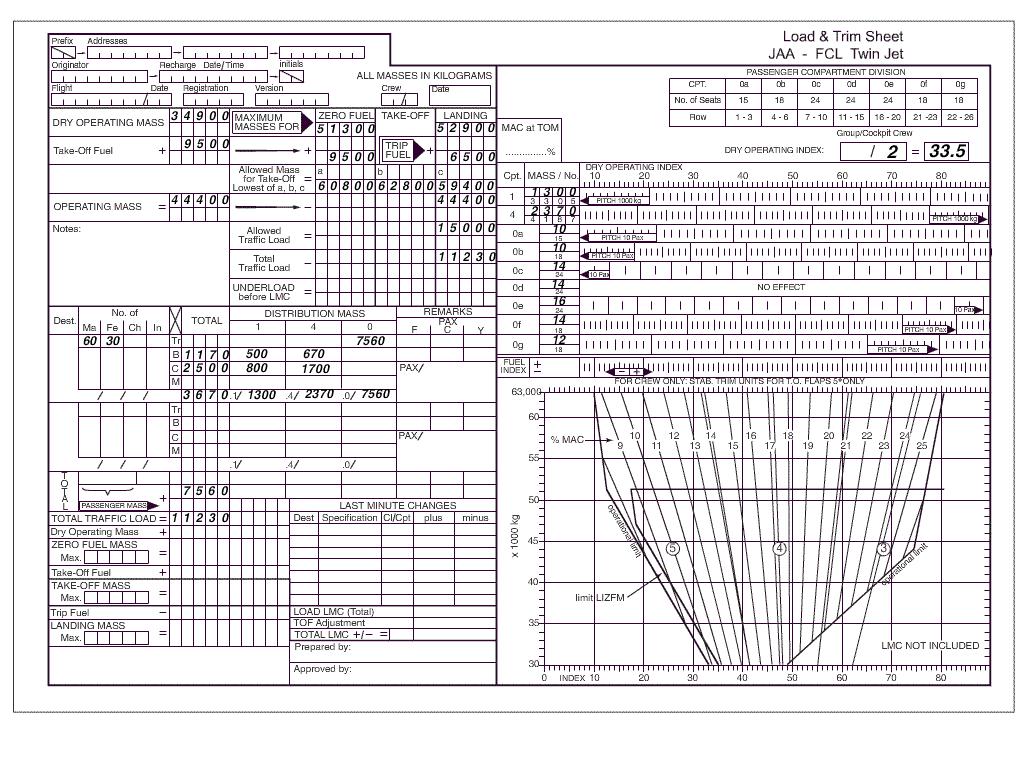 Is achieved in unaccelerated level flight with minimum fuel flow.
Is achieved in unaccelerated level flight with minimum fuel flow. The speed for maximum endurance ?
Question 90-10 : Is always lower than the speed for maximum specific range is the speed at which the aeroplane achieves 99% of maximum specific range can be either higher or lower than the speed for maximum specific range is always higher than the speed for maximum specific range
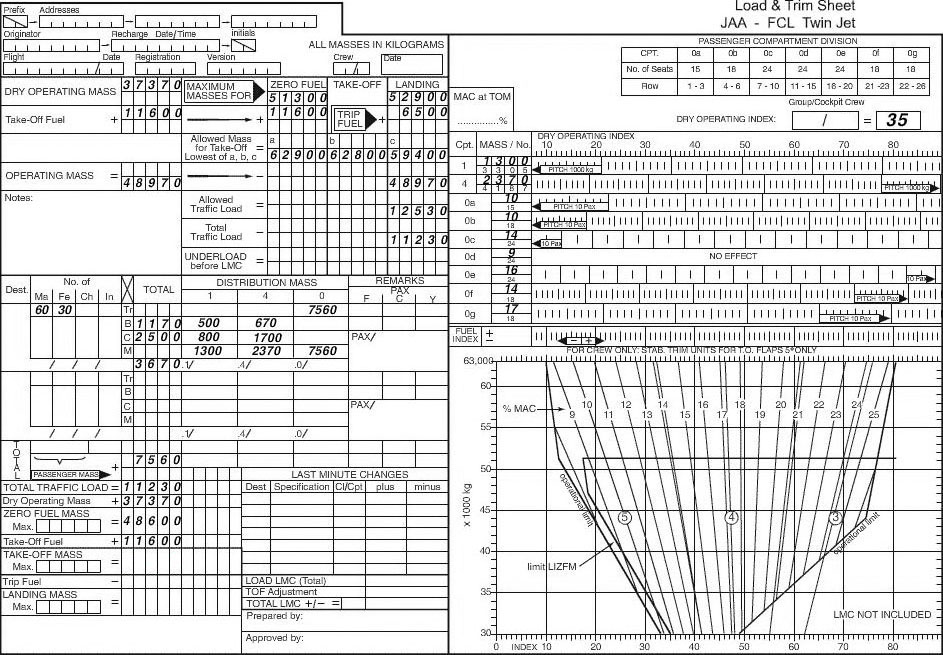 Is always lower than the speed for maximum specific range.
Is always lower than the speed for maximum specific range. Which of the equations below defines specific range sr ?
Question 90-11 : Sr = true airspeed/total fuel flow sr = indicated airspeed/total fuel flow sr = mach number/total fuel flow sr = groundspeed/total fuel flow
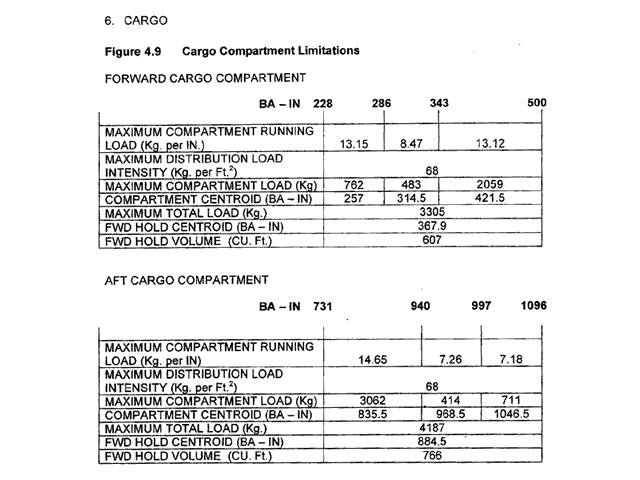 Sr = true airspeed/total fuel flow.
Sr = true airspeed/total fuel flow. To achieve the maximum range over ground with headwind the airspeed should be ?
Question 90-12 : Higher compared to the speed for maximum range cruise with no wind equal to the speed for maximum range cruise with no wind lower compared to the speed for maximum range cruise with no wind reduced to the gust penetration speed
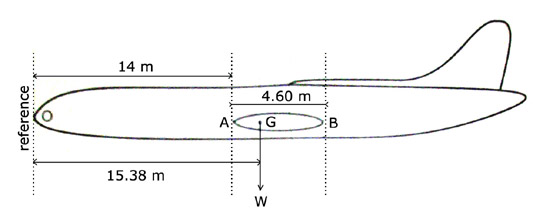 Higher compared to the speed for maximum range cruise with no wind.
Higher compared to the speed for maximum range cruise with no wind. Can the length of a stopway be added to the runway length to determine the take ?
Question 90-13 : No no unless its centreline is on the extended centreline of the runway but the stopway must be able to carry the weight of the aeroplane but the stopway must have the same width as the runway
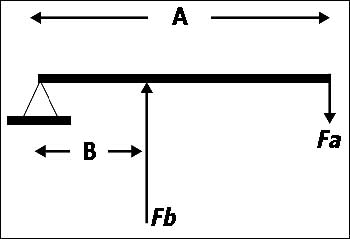 No.
No. May anti skid be considered to determine the take off and landing data ?
Question 90-14 : Yes no only for take off only for landing
In case of an engine failure recognized below v1 ?
Question 90-15 : The take off must be rejected the take off may be continued if a clearway is available the take off should only be rejected if a stopway is available the take off is to be continued unless v1 is less than the balanced v1
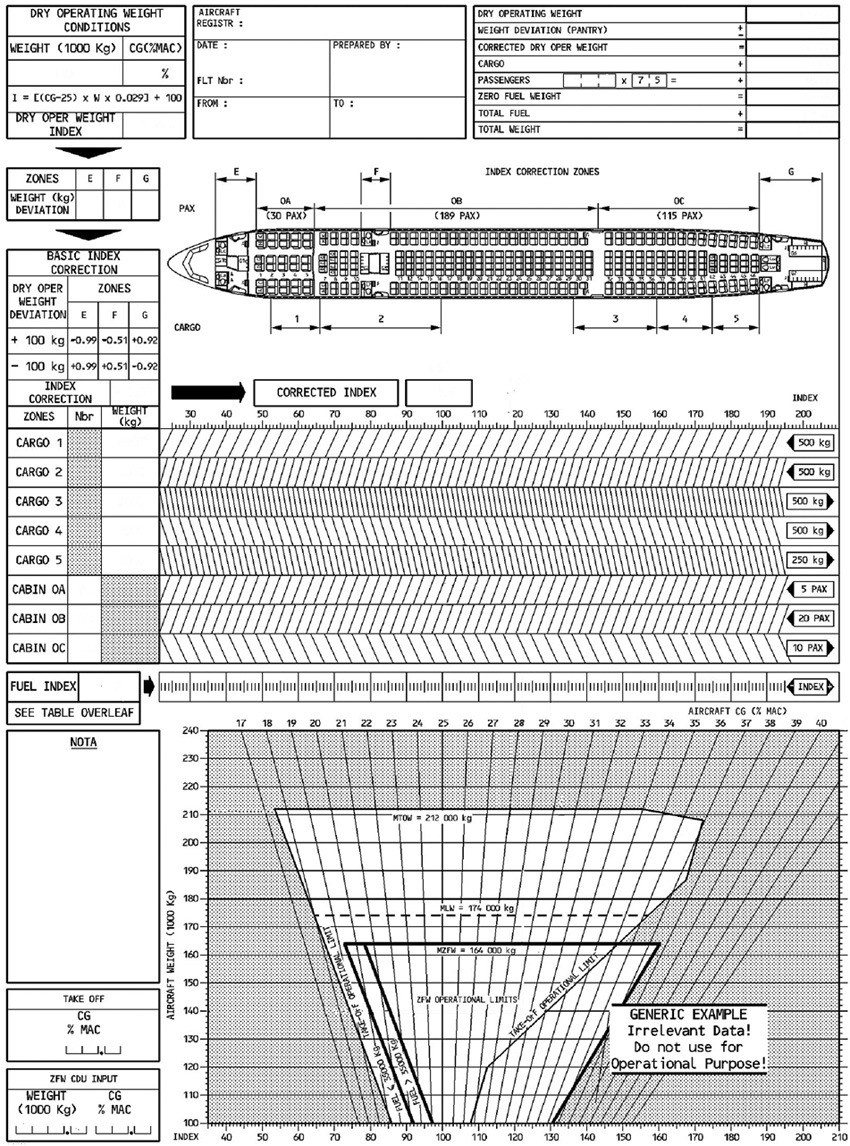 The take-off must be rejected.
The take-off must be rejected. In case of an engine failure which is recognized at or above v1 ?
Question 90-16 : The take off must be continued the take off must be rejected if the speed is still below vlof a height of 50 ft must be reached within the take off distance the take off should be rejected if the speed is still below vr
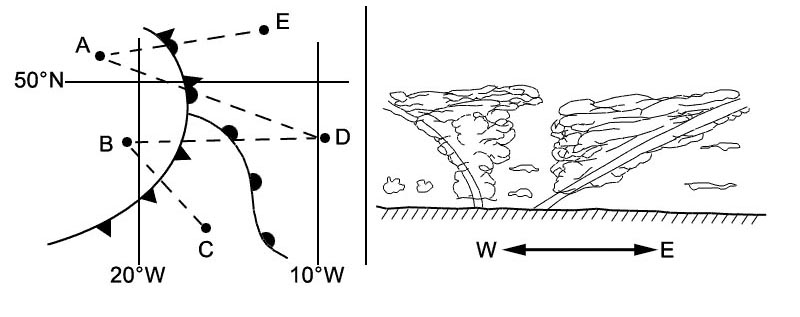 The take-off must be continued.
The take-off must be continued. The take off distance available is ?
Question 90-17 : The length of the take off run available plus the length of the clearway available the runway length minus stopway the runway length plus half of the clearway the total runway length without clearway even if this one exists
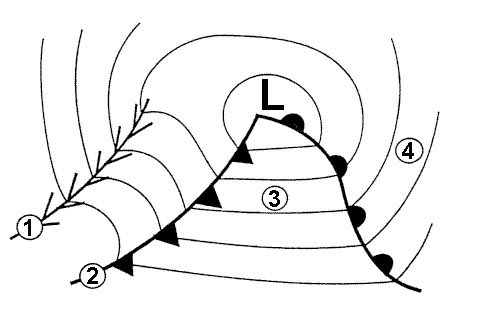 The length of the take-off run available plus the length of the clearway available.
The length of the take-off run available plus the length of the clearway available. The result of a higher flap setting up to the optimum at take off is ?
Question 90-18 : A shorter ground roll an increased acceleration a higher v1 a longer take off run
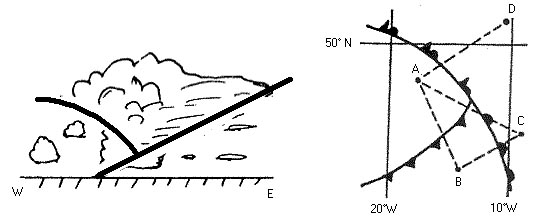 A shorter ground roll.
A shorter ground roll. How is wind considered in the take off performance data of the aeroplane ?
Question 90-19 : Not more than 50% of a headwind and not less than 150% of the tailwind unfactored headwind and tailwind components are used not more than 80% headwind and not less than 125% tailwind since take offs with tailwind are not permitted only headwinds are considered
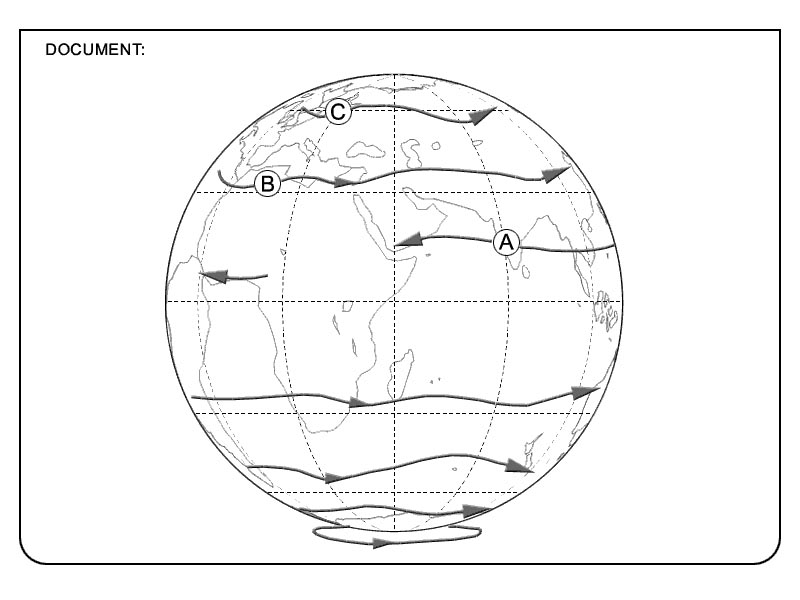 Not more than 50% of a headwind and not less than 150% of the tailwind.
Not more than 50% of a headwind and not less than 150% of the tailwind. A higher pressure altitude at isa temperature ?
Question 90-20 : Decreases the field length limited take off mass decreases the take off distance increases the climb limited take off mass has no influence on the allowed take off mass
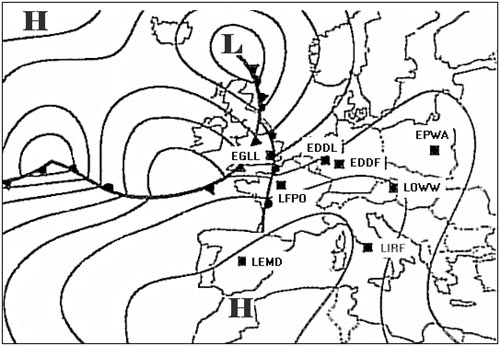 Decreases the field length limited take-off mass.
Decreases the field length limited take-off mass. A higher outside air temperature oat ?
Question 90-21 : Decreases the brake energy limited take off mass increases the field length limited take off mass increases the climb limited take off mass decreases the take off distance
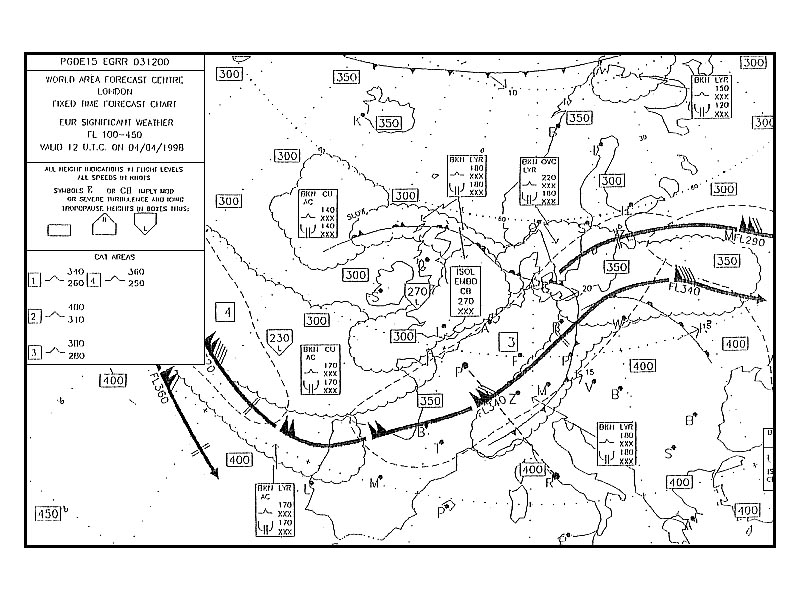 Decreases the brake energy limited take-off mass.
Decreases the brake energy limited take-off mass. The take off distance required increases ?
Question 90-22 : Due to slush on the runway due to downhill slope because of the smaller angle of attack due to head wind because of the drag augmentation due to lower gross mass at take off
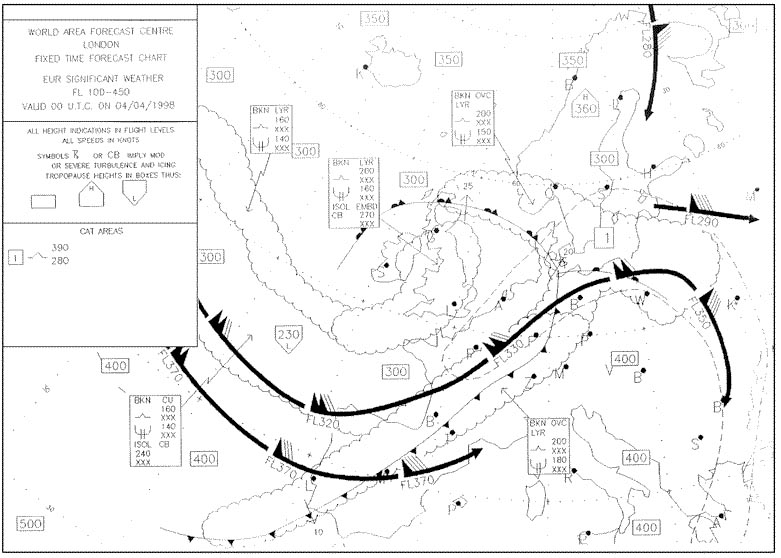 Due to slush on the runway.
Due to slush on the runway. Due to standing water on the runway the field length limited take off mass will ?
Question 90-23 : Lower higher unaffected only higher for three and four engine aeroplanes
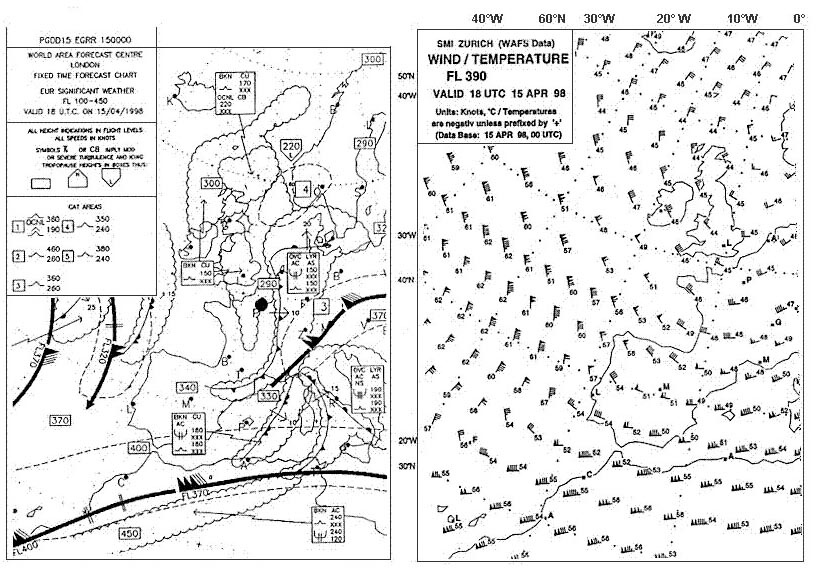 Lower.
Lower. On a dry runway the accelerate stop distance is increased ?
Question 90-24 : By uphill slope by headwind by low outside air temperature by a lower take off mass because the aeroplane accelerates faster to v1
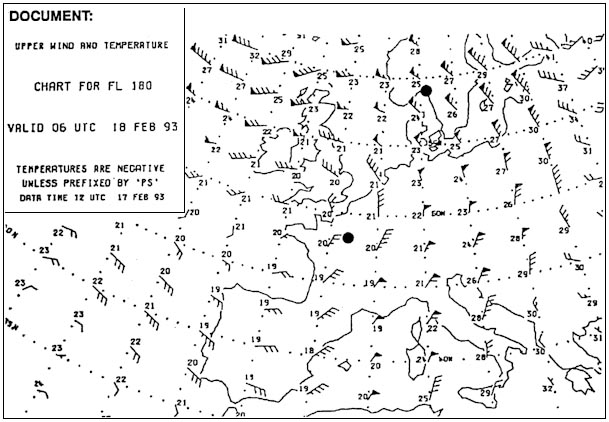 By uphill slope.
By uphill slope. Uphill slope ?
Question 90-25 : Increases the take off distance more than the accelerate stop distance decreases the accelerate stop distance only decreases the take off distance only increases the allowed take off mass
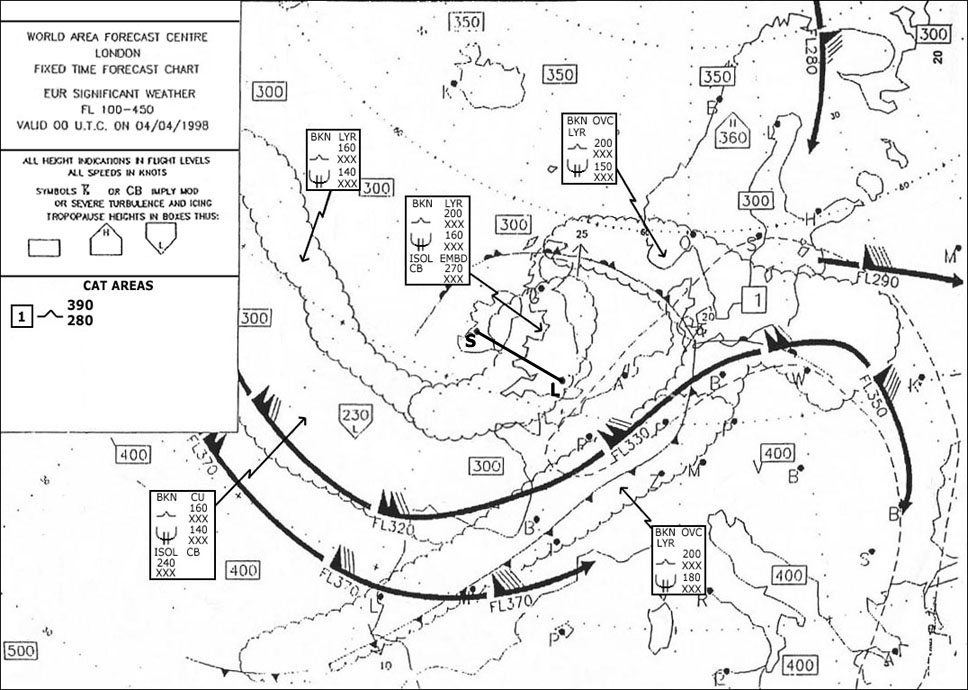 Increases the take-off distance more than the accelerate stop distance.
Increases the take-off distance more than the accelerate stop distance. V2 has to be equal to or higher than ?
Question 90-26 : 1 1 vmca 1 15 vmcg 1 1 vso 1 15 vr
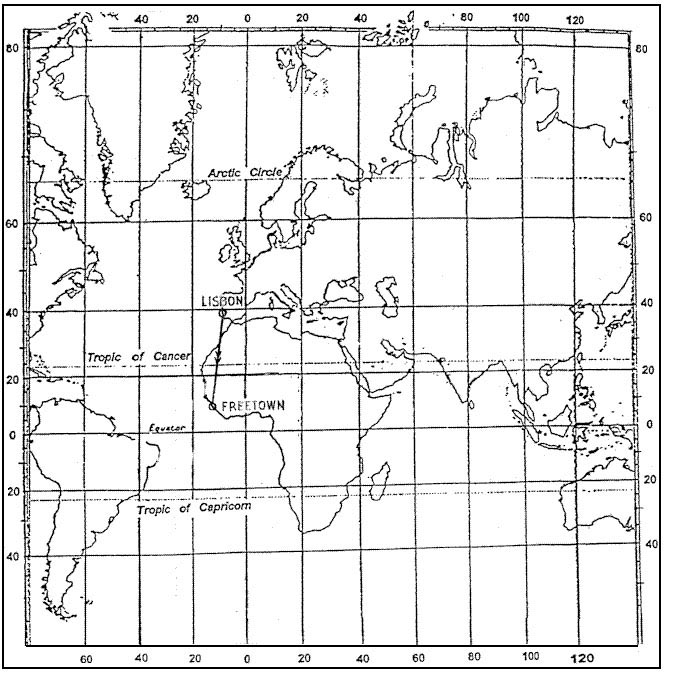 1.1 vmca.
1.1 vmca. V1 has to be ?
Question 90-27 : Equal to or higher than vmcg equal to or higher than vmca higher than vr equal to or higher than v2
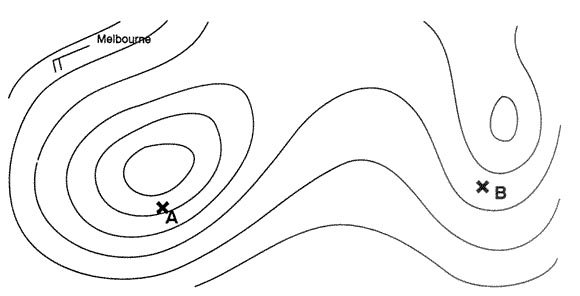 Equal to or higher than vmcg.
Equal to or higher than vmcg. Under which condition should you fly considerably lower 4 000 ft or more than ?
Question 90-28 : If at the lower altitude either considerably less headwind or considerably more tailwind can be expected if the maximum altitude is below the optimum altitude if at the lower altitude there is a greater headwind if at the lower altitude there is less tailwind
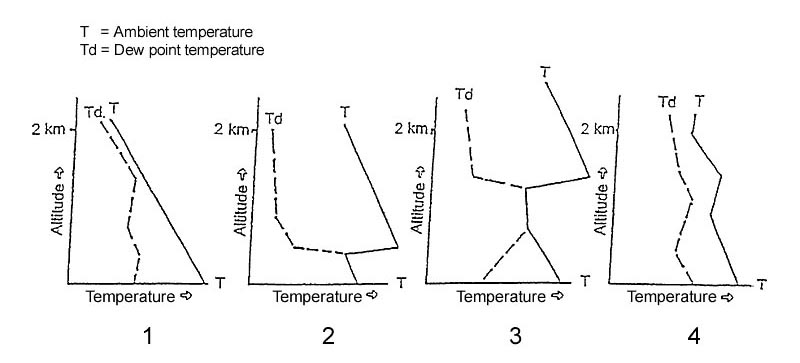 If at the lower altitude either considerably less headwind or considerably more tailwind can be expected.
If at the lower altitude either considerably less headwind or considerably more tailwind can be expected. Which statement is correct for a descent without engine thrust at maximum lift ?
Question 90-29 : The higher the gross mass the greater is the speed for descent the higher the gross mass the lower is the speed for descent the higher the average temperature oat the lower is the speed for descent the mass of an aeroplane does not have any effect on the speed for descent
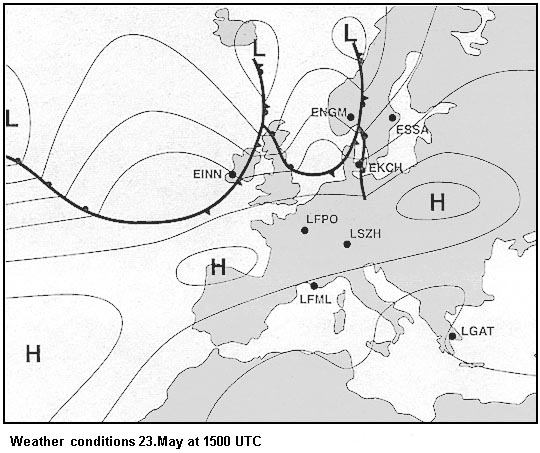 The higher the gross mass the greater is the speed for descent.
The higher the gross mass the greater is the speed for descent. The maximum mass for landing could be limited by ?
Question 90-30 : The climb requirements with one engine inoperative in the approach configuration the climb requirements with one engine inoperative in the landing configuration the climb requirements with all engines in the approach configuration the climb requirements with all engines in the landing configuration but with gear up
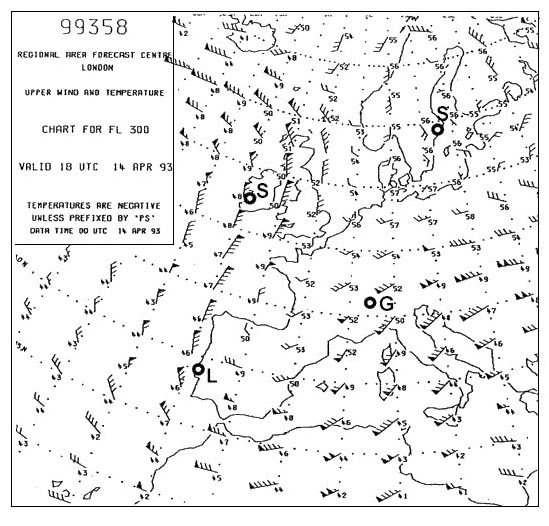 The climb requirements with one engine inoperative in the approach configuration.
The climb requirements with one engine inoperative in the approach configuration. On a long distance flight the gross mass decreases continuously as a ?
Question 90-31 : The specific range and the optimum altitude increases the speed must be increased to compensate the lower mass the specific range increases and the optimum altitude decreases the specific range decreases and the optimum altitude increases
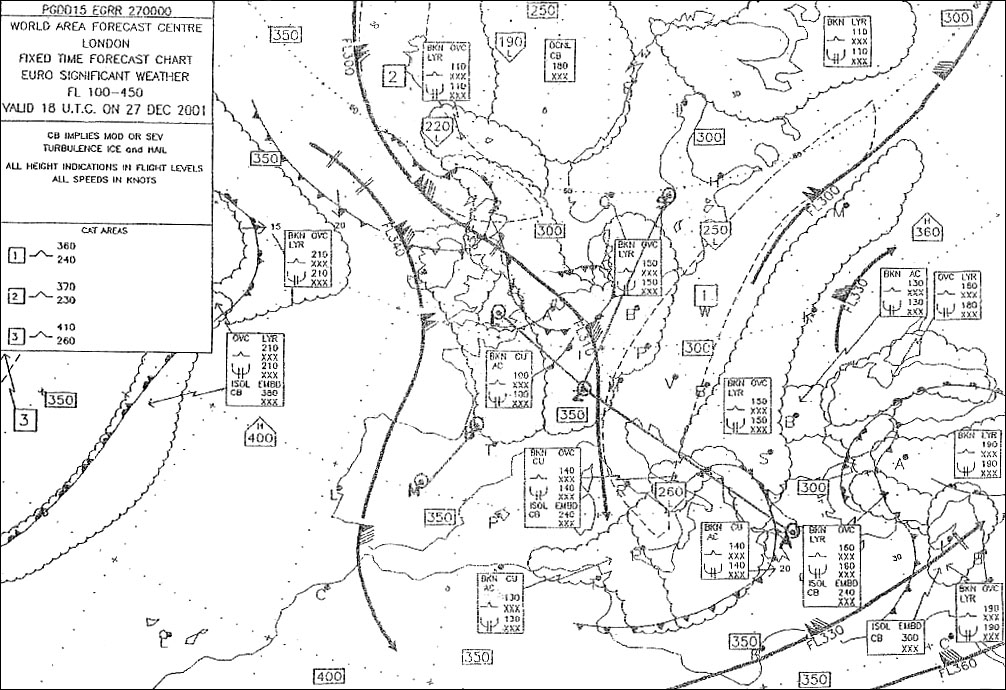 The specific range and the optimum altitude increases.
The specific range and the optimum altitude increases. With one or two engines inoperative the best specific range at high altitudes ?
Question 90-32 : Reduced improved not affected first improved and later reduced
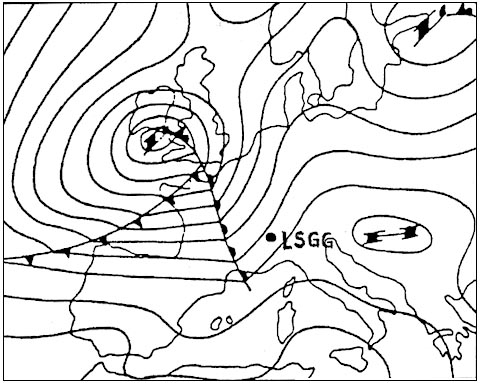 Reduced.
Reduced. In unaccelerated climb ?
Question 90-33 : Thrust equals drag plus the downhill component of the gross weight in the flight path direction lift is greater than the gross weight lift equals weight plus the vertical component of the drag thrust equals drag plus the uphill component of the gross weight in the flight path direction
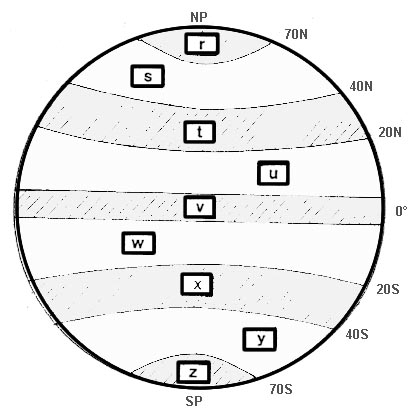 Thrust equals drag plus the downhill component of the gross weight in the flight path direction.
Thrust equals drag plus the downhill component of the gross weight in the flight path direction. The rate of climb is approximately equal to ?
Question 90-34 : The still air gradient multiplied by the tas the still air gradient divided by the tas the angle of climb multiplied by the tas the angle of climb divided by the tas
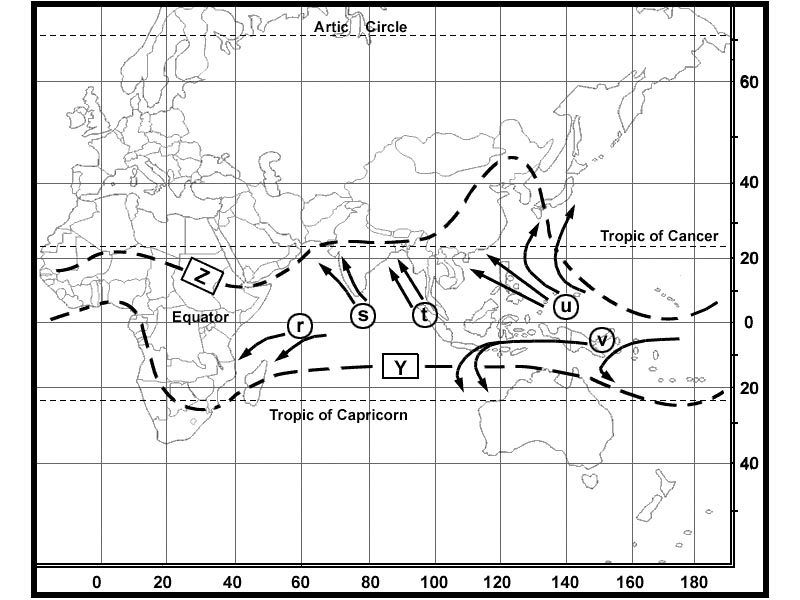 The still-air gradient multiplied by the tas.
The still-air gradient multiplied by the tas. If the thrust available exceeds the thrust required for level flight ?
Question 90-35 : The aeroplane accelerates if the altitude is maintained the aeroplane descends if the airspeed is maintained the aeroplane decelerates if it is in the region of reversed command the aeroplane decelerates if the altitude is maintained
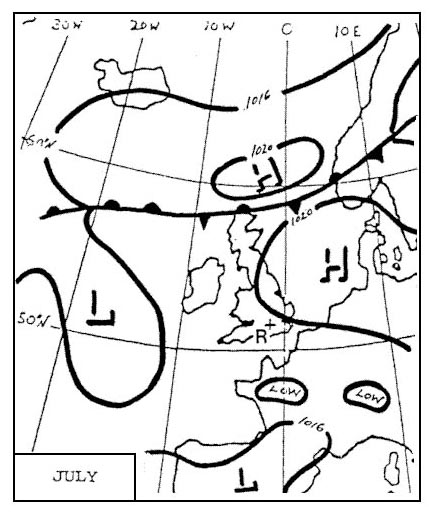 The aeroplane accelerates if the altitude is maintained.
The aeroplane accelerates if the altitude is maintained. Any acceleration in climb with a constant power setting ?
Question 90-36 : Decreases the rate of climb and the angle of climb improves the climb gradient if the airspeed is below vx improves the rate of climb if the airspeed is below vy decreases rate of climb and increases angle of climb
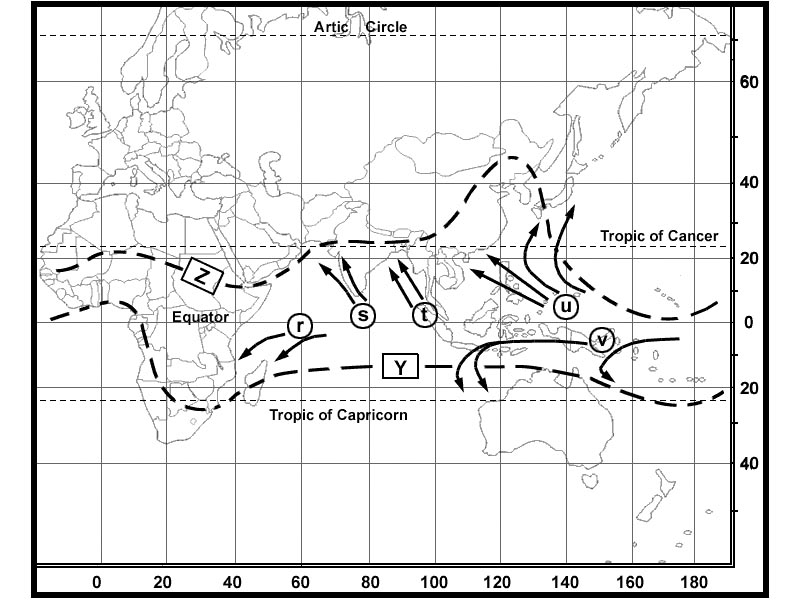 Decreases the rate of climb and the angle of climb.
Decreases the rate of climb and the angle of climb. As long as an aeroplane is in a steady climb ?
Question 90-37 : Vx is always less than vy vx may be greater or less than vy depending on altitude vx is always greater than vy vy is always greater than vmo
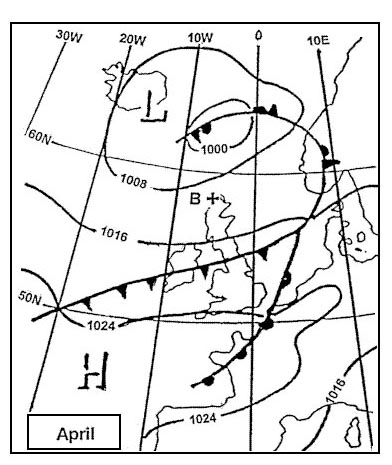 Vx is always less than vy.
Vx is always less than vy. The best rate of climb at a constant gross mass ?
Question 90-38 : Decreases with increasing altitude since the thrust available decreases due to the lower air density increases with increasing altitude since the drag decreases due to the lower air density increases with increasing altitude due to the higher true airspeed is independent of altitude
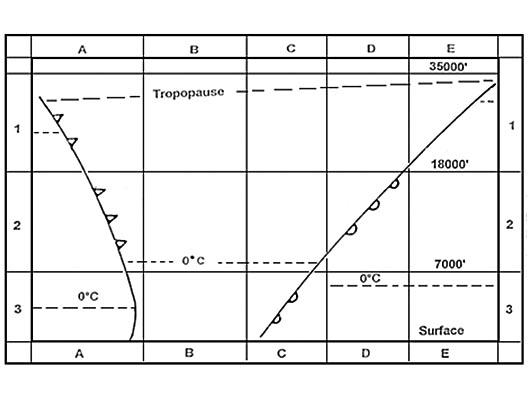 Decreases with increasing altitude since the thrust available decreases due to the lower air density.
Decreases with increasing altitude since the thrust available decreases due to the lower air density. The 'climb gradient' is defined as the ratio of ?
Question 90-39 : The increase of altitude to horizontal air distance expressed as a percentage the increase of altitude to distance over ground expressed as a percentage true airspeed to rate of climb rate of climb to true airspeed
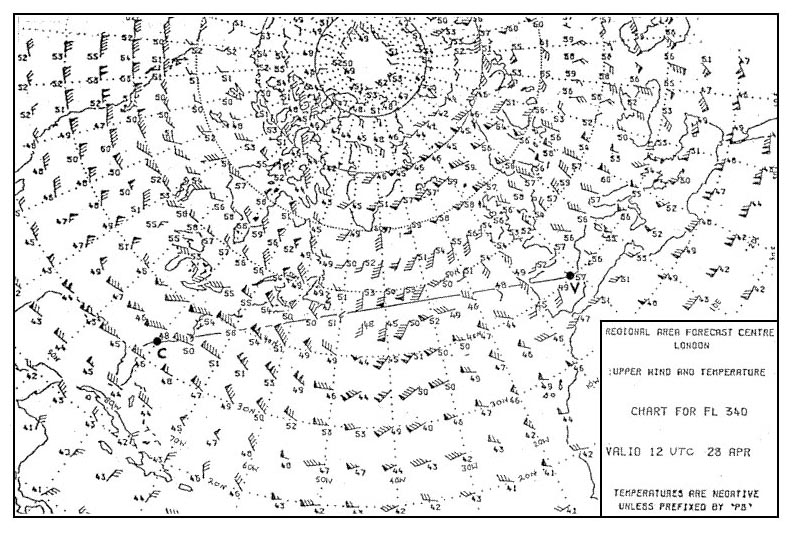 The increase of altitude to horizontal air distance expressed as a percentage.
The increase of altitude to horizontal air distance expressed as a percentage. Higher gross mass at the same altitude decreases the gradient and the rate of ?
Question 90-40 : Vy and vx are increased vx is increased and vy is decreased vy and vx are not affected by a higher gross mass vy and vx are decreased
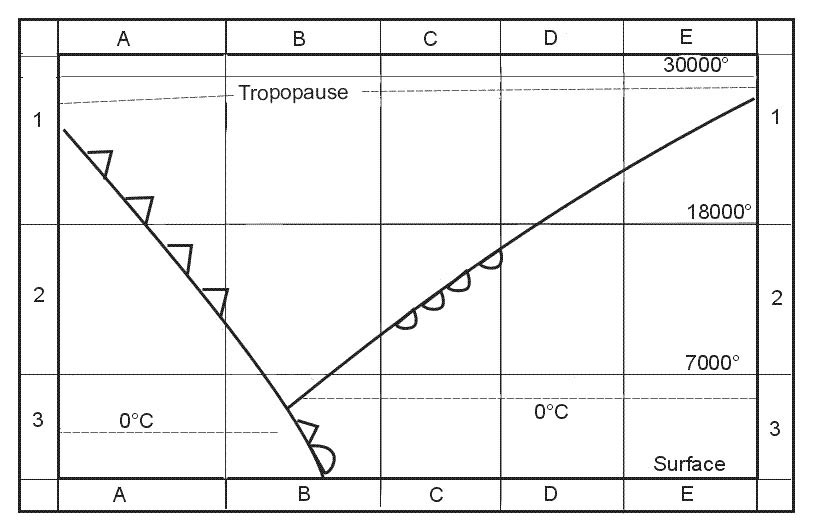 Vy and vx are increased.
Vy and vx are increased. ~
Exclusive rights reserved. Reproduction prohibited under penalty of prosecution.
3559 Free Training Exam
